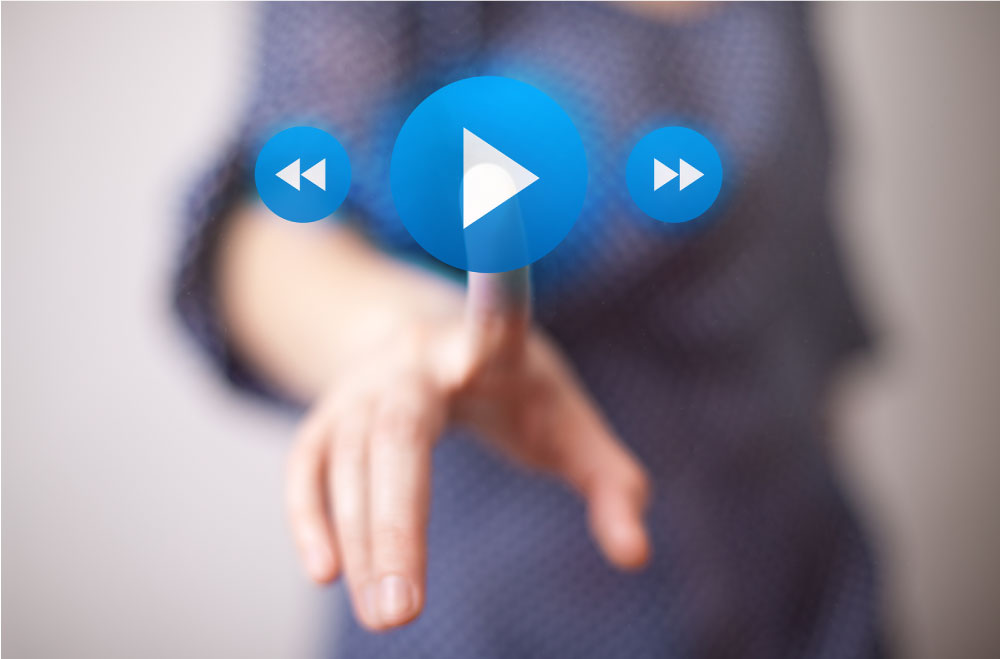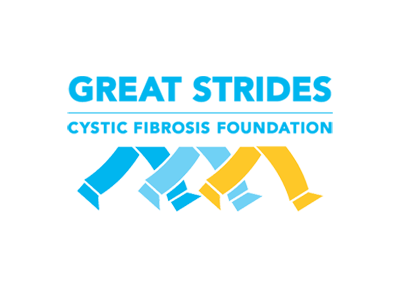When you need guidance, would you rather read or watch content to learn the answer? The battery in my car died recently and my neighbor offered to jump it. Given it had been about a decade since either of us had performed this service, I reached into the glove compartment for the vehicle’s user manual to search for instructions. In contrast, my neighbor reached into his pocket for his cell phone and said, “… just YouTube it!”
Not sure what that says about me, but what it does say about my neighbor is that he is like the 72% of HubSpot customers who reported that they would rather learn about a product or service by way of video. As if the fact that YouTube has become a verb in the Oxford dictionary doesn’t already say it all.
In fact, HubSpot also reported that 78% of people watch online videos every week, and 55% view online videos every day. I couldn’t help but wonder if most of those video consumers were young adults, but then I saw a report from Wordstream claiming that, if given the option between video and text, of the executive-level employees surveyed 59% would rather watch a video.
It got me thinking that if this is our new instinctual reaction to needing an answer or resolution quickly in our day-to-day lives, surely it must also have an application to improve event participation and encourage participants to interact with our products. So, why not use video content to inform event participants?
When you look at the videos offered on YouTube, where almost five billion videos are viewed every day, many are not professionally produced and yet they are widely consumed. All to say, the expectation for production quality for bite-size content by the masses is low, and in an increasingly digitally driven, distraction-prone society, our attention spans are very short. What is the moral of the story? Keep it simple.
Creating a mini how-to video can be as easy and cost-effective as using the screen recording feature on your iphone. To optimize the experience participants have with your licensed Boundless Fundraising tools, we recommend identifying a few specific key functions or underutilized features and make 30-second or less tutorials by simply recording the screen from a mobile device as those app features are explored step-by-step. This is an effective way to inform event participants of the conveniences available to them and to educate them on how to effectively use it.
Why might you want to include a few mini tutorial videos on your website and offer links to them in your coaching e-communications? Well, Insivia found that viewers retain 95% of a message when they watch it in a video, compared to 10% when reading it in text. And Cisco reports that globally, IP video traffic will be 82% of all IP traffic (both business and consumer), up from 75% in 2017. Considering a Facebook executive predicted that their platform will eventually be all video and no text (Quartz), you may want to jump on the bandwagon sooner rather than later.


